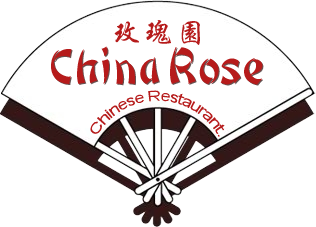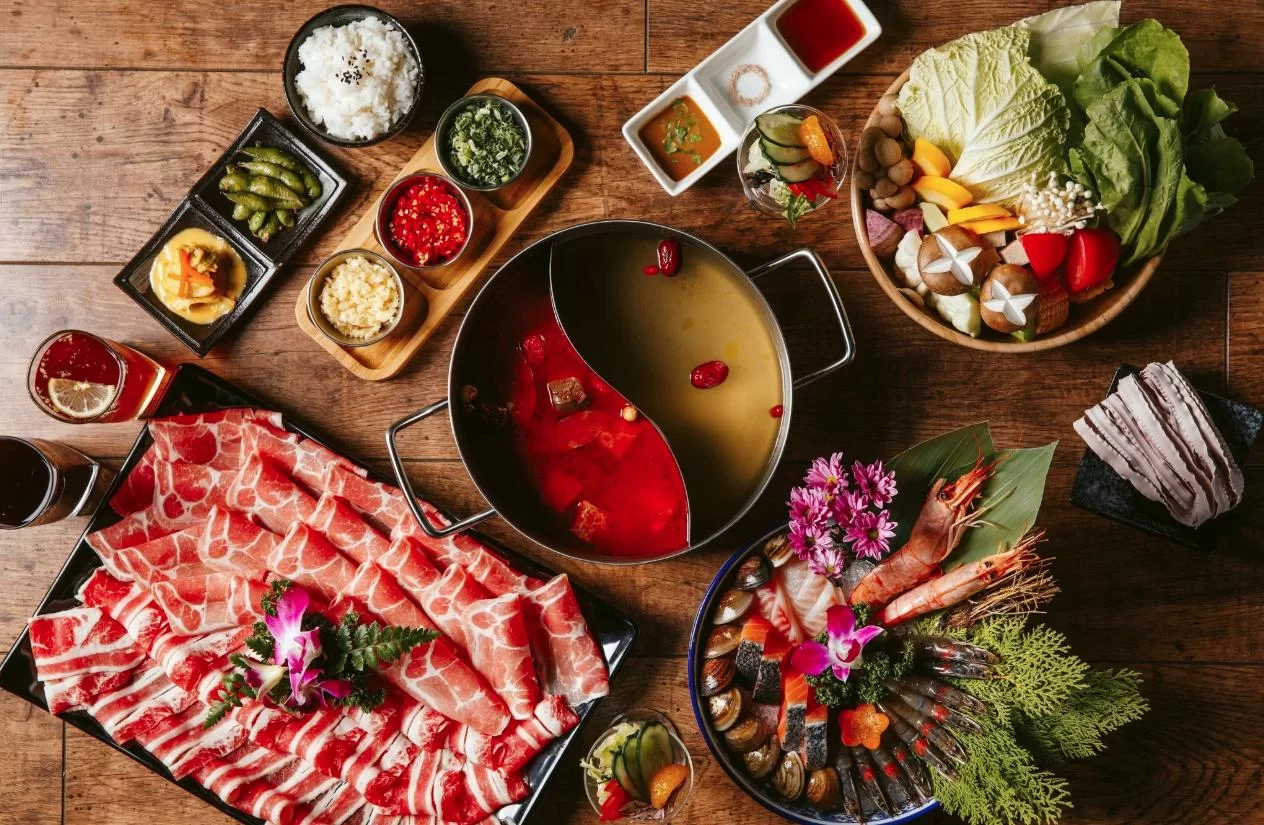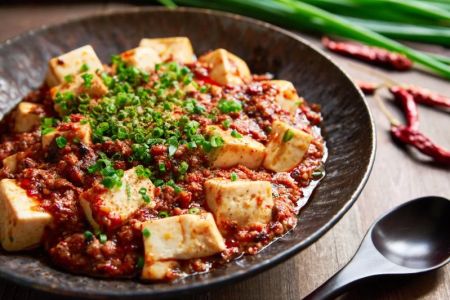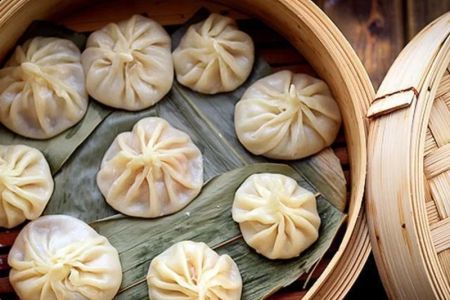- understanding-chinese-cuisine-authentic-flavors
- essential-ingredients-for-chinese-cooking
- step-by-step-guide-to-making-a-chinese-dish
- popular-chinese-dishes-to-try-at-home
- cooking-tips-for-best-results
- cultural-significance-and-personal-stories
1. Understanding Chinese Cuisine and Authentic Flavors
Chinese cuisine is celebrated worldwide for its rich diversity and depth of flavors, ranging from the fiery spices of Sichuan to the subtle sweetness of Cantonese dishes. Understanding how to make a Chinese dish begins with appreciating the balance of taste profiles—sweet, sour, salty, bitter, and umami—that define traditional cooking.
Each region has its own unique ingredients and cooking methods, but common techniques such as stir-frying, steaming, and braising unify Chinese food culture. To truly master Chinese cooking, one must grasp these foundational elements alongside the importance of fresh ingredients and timing.
2. Essential Ingredients for Chinese Cooking
Before diving into recipes, it’s important to gather key ingredients that form the backbone of many Chinese dishes. Staples include soy sauce, oyster sauce, rice wine, sesame oil, ginger, garlic, and scallions. These ingredients help create authentic flavors that bring dishes to life.
Rice and noodles often accompany meals, serving as essential bases. For proteins, pork, chicken, beef, tofu, and seafood are commonly used, prepared in ways that complement the sauces and spices.
3. Step-by-Step Guide to Making a Chinese Dish
Making a Chinese dish requires careful preparation and technique. First, select a recipe that matches your skill level and gather all necessary ingredients. Prep by chopping vegetables evenly, marinating proteins when needed, and measuring sauces in advance.
Heat your wok or pan to the right temperature—typically very hot—to ensure proper stir-frying. Add oil, then aromatics like garlic and ginger, followed by proteins and vegetables. Incorporate sauces towards the end for balanced flavor without overpowering freshness.
Timing is crucial; overcooking can lead to soggy vegetables or tough meat. Most dishes cook quickly, in just a few minutes, preserving texture and color.
4. Popular Chinese Dishes to Try at Home
If you’re new to Chinese cooking, start with simple yet iconic dishes such as Kung Pao Chicken, Fried Rice, Mapo Tofu, or Sweet and Sour Pork. Each dish introduces fundamental techniques and flavor combinations.
These recipes are accessible for home cooks but also leave room for customization based on dietary preferences or ingredient availability.
5. Cooking Tips for Best Results
Use fresh ingredients whenever possible to enhance taste and texture. Keep your wok or pan well-seasoned and preheated. Avoid overcrowding the pan, as this can cause steaming instead of frying.
Investing in a good-quality wok and sharp knives makes preparation easier and more enjoyable. Experiment with balancing flavors by adjusting soy sauce, vinegar, or sugar quantities according to your palate.
6. Cultural Significance and Personal Stories Behind Chinese Dishes
Many Chinese dishes carry cultural stories and traditions passed down through generations. For example, dumplings symbolize prosperity, while longevity noodles represent long life. Cooking these dishes is not only about food but also about connecting with history and family heritage.
Personal experiences from home cooks often reveal how recipes adapt and evolve, keeping the cuisine alive and relevant in diverse kitchens worldwide.
Final Thoughts
Learning how to make a Chinese dish opens a gateway to rich flavors and cultural insights. By mastering essential ingredients, techniques, and respecting the cultural context, you can bring authentic Chinese cuisine into your home kitchen.
For more recipes, ingredient sources, and cooking advice, visit Chinese Food. Explore the vast world of Chinese cooking and enjoy delicious meals made with heart and tradition.







